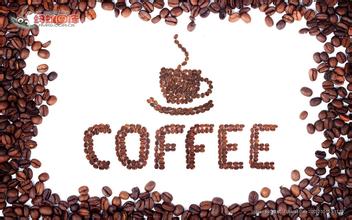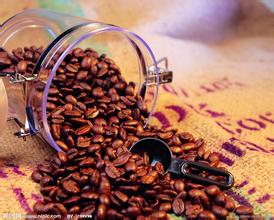Why does Sumatra use semi-washing?
Bean selection: first put coffee fruit into a large tank, sink red fruit and half-green half-red fruit into the pulp sifter, remove pulp, impurities.
Pectin removal: take out coffee beans, do not need to take the sun, do not need to pour into the sink fermentation, but directly into the pectin scraper next to the machine, only a small amount of water can be mechanically scraped off the sticky pectin crumbs.
Exposure: then take out the smooth surface of the raw beans, take outdoor exposure, until the moisture content dropped to 12% can be stored is a relatively new and relatively rare method. This method is also suitable only in certain areas of certain countries, where the climate has a relatively long dry period, and can be used to treat local coffee. The coffee produced by this process is sticky, and the slime is not removed as it ferments in the tank. Therefore, the coffee produced by this semi-moist treatment method contains the characteristics of both wet treatment and dry treatment. The acidity, sweetness, flavor, and aroma of this coffee are all quite good; the only drawback is that the coffee does not taste as strong as the coffee produced by pure drying or washing.

Important Notice :
前街咖啡 FrontStreet Coffee has moved to new addredd:
FrontStreet Coffee Address: 315,Donghua East Road,GuangZhou
Tel:020 38364473
- Prev

The production mode and name of Kopi Luwak are introduced again.
Boil for about 1 minute 45 seconds to 2 minutes quickly remove the fire source and at the same time wipe the glass bottle with a cold wet cloth to cool it rapidly, the brewed coffee will quickly fall and show a large number of golden fine foam, so that the ultimate flavor can be achieved. In the general way of brewing, some people say that civet coffee can be brewed 2 or 3 times, but the above brewing method is regarded as essence after boiling for a long time.
- Next

What is the impact of roasting and taste of coffee beans
The biggest problem with SPCI AITY COFFEE is the name of the roast. For example, CITY, FULLCITY, FRENCH, ESPRESSO, etc. are all different because of the different baking machines used and the different production areas, and produce different baking degrees of color. In addition, some roast degrees are named after blends: ESPRESSO, for example, is a blend coffee
Related
- Does Rose Summer choose Blue, Green or Red? Detailed explanation of Rose Summer Coffee plots and Classification in Panamanian Jade Manor
- What is the difference between the origin, producing area, processing plant, cooperative and manor of coffee beans?
- How fine does the espresso powder fit? how to grind the espresso?
- Sca coffee roasting degree color card coffee roasting degree 8 roasting color values what do you mean?
- The practice of lattes: how to make lattes at home
- Introduction to Indonesian Fine Coffee beans-- Java Coffee producing area of Indonesian Arabica Coffee
- How much will the flavor of light and medium roasted rose summer be expressed? What baking level is rose summer suitable for?
- Introduction to the characteristics of washing, sun-drying or wet-planing coffee commonly used in Mantenin, Indonesia
- Price characteristics of Arabica Coffee Bean Starbucks introduction to Manning Coffee Bean Taste producing area Variety Manor
- What is the authentic Yega flavor? What are the flavor characteristics of the really excellent Yejasuffi coffee beans?

